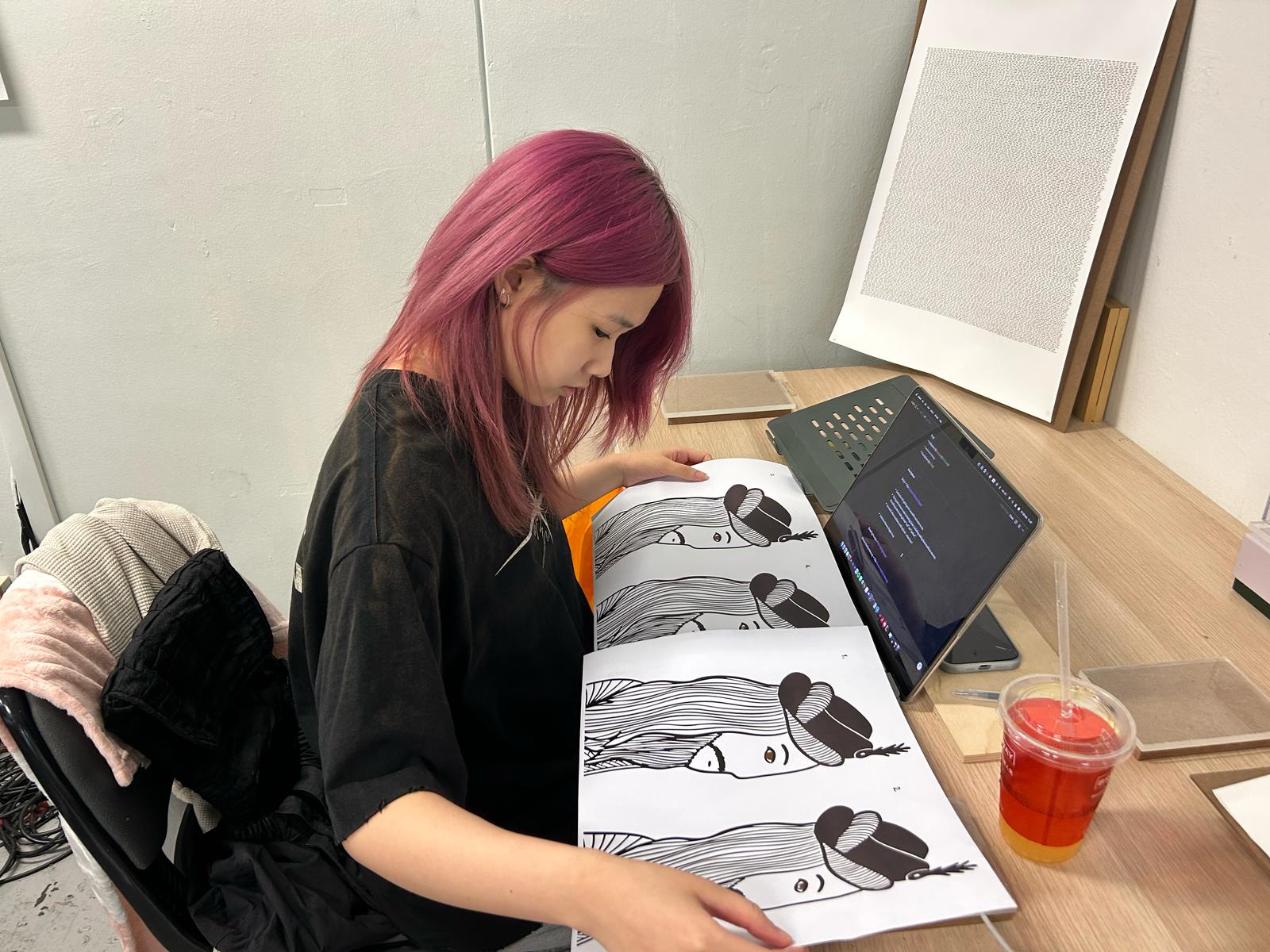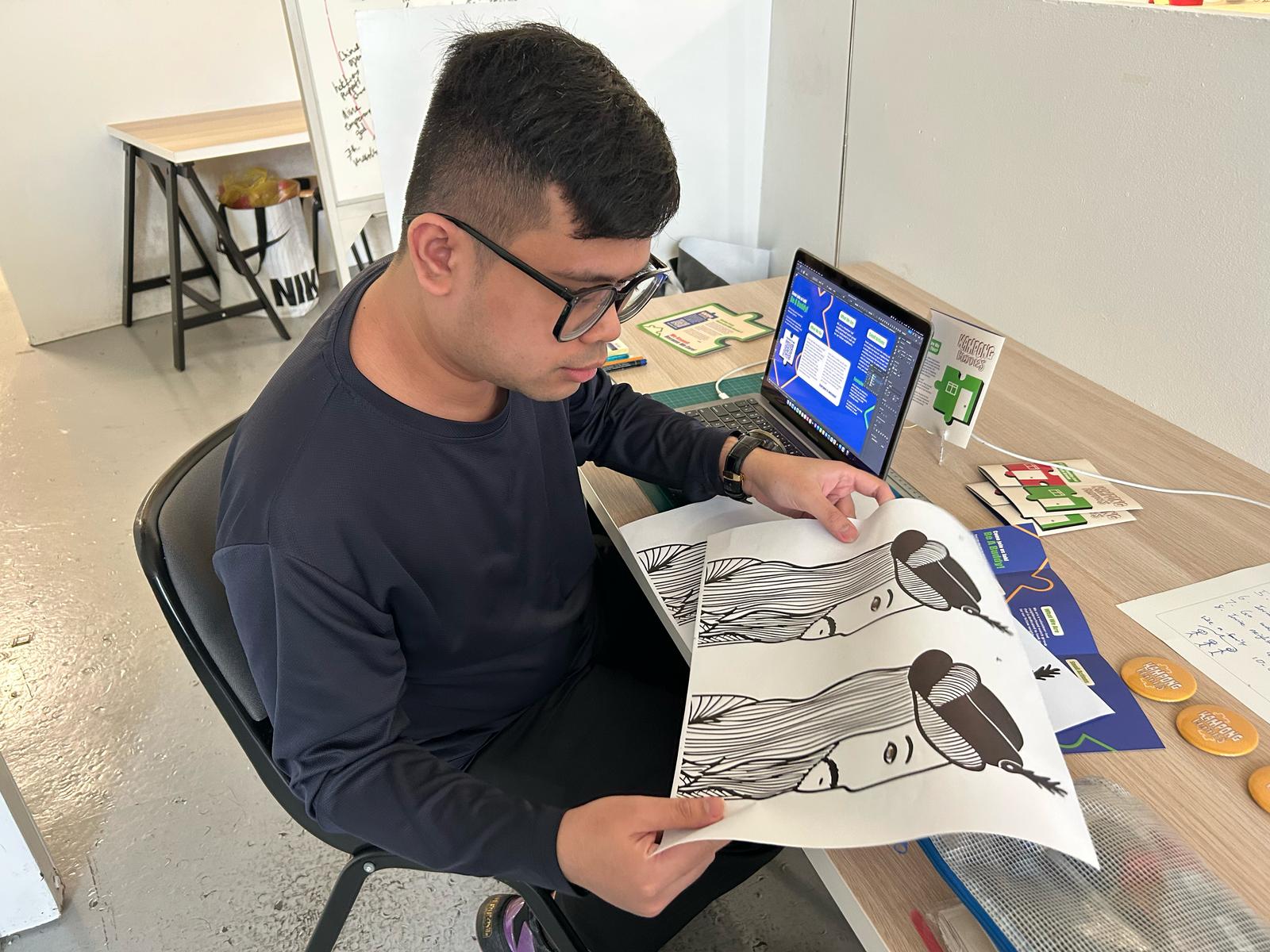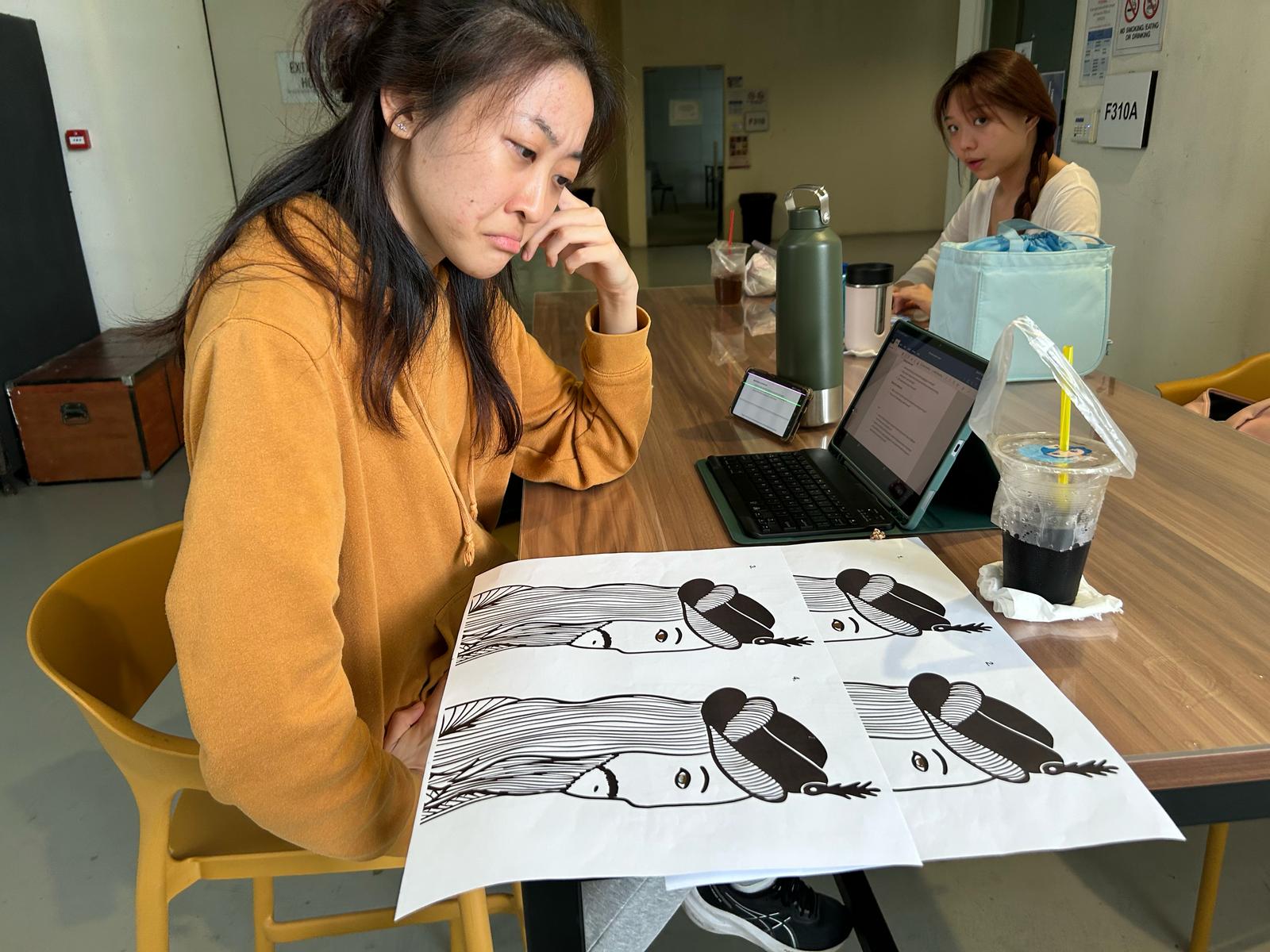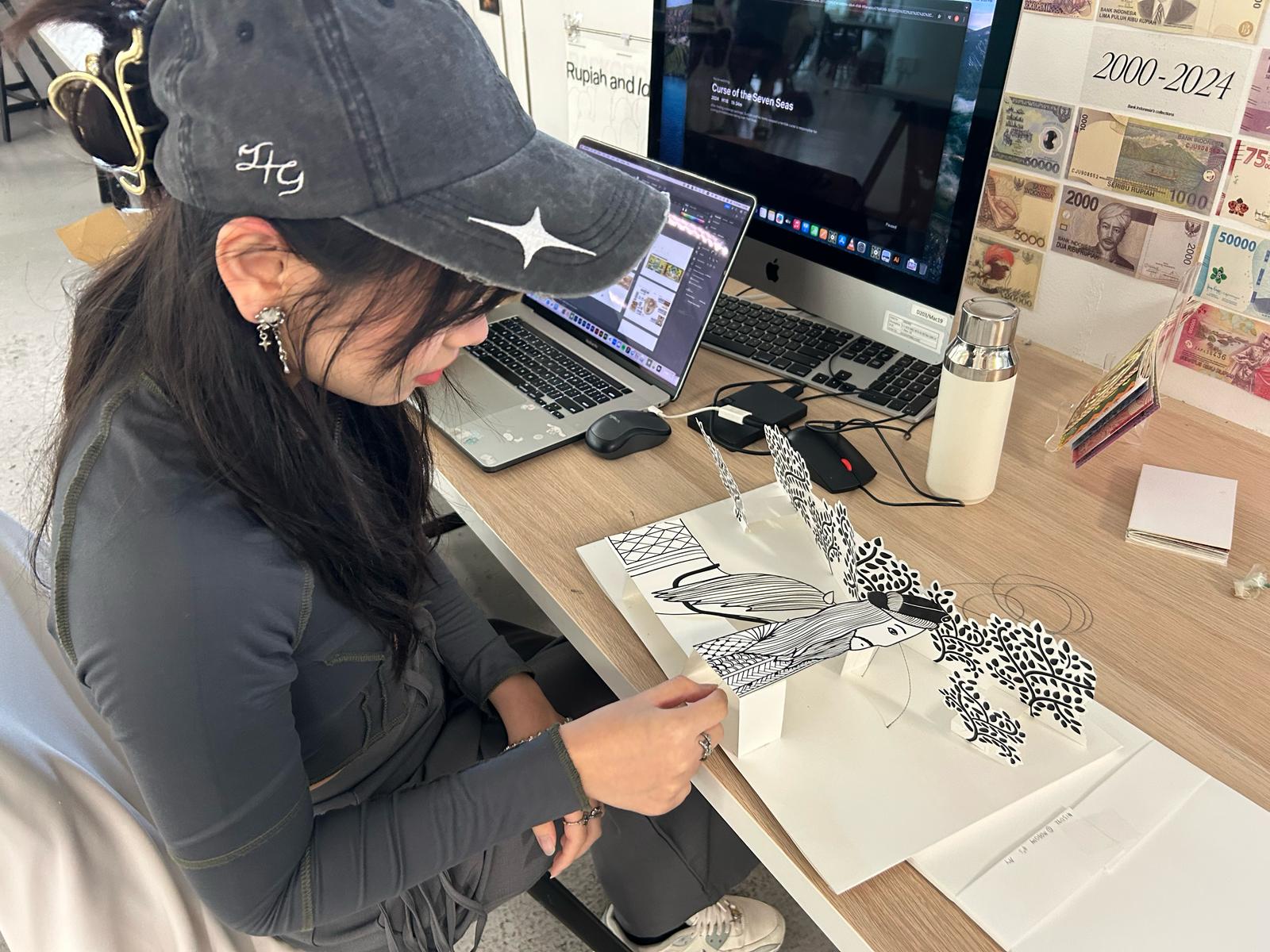Week-11
Roundtable - 2, Openstudio preps & Light sensor
Roundtable - 2
This week, I had signed up for a roundtable and I got plenty feedback.
It was suggested to eliminate the use of lino printing, recommending instead to draw digitally and print, as lino could be too time-consuming, especially if the visuals require any changes. Similarly, it was suggested to eliminate the pop-up element, stating that a 2D printed interactive illustration would suffice. However, after I explained that pop-ups are a core concept of the project, it became clear that I must communicate this explicitly during presentations — why am I using pop-ups? Why lino printing? There was also feedback that the game felt abrupt within the narrative flow — "if we win the game, we win, but what if we lose?" — highlighting the need for a proper ending. This made me realize that the lack of context was causing confusion, and that I must treat all prototypes as part of a cohesive book rather than separate outcomes.
It was suggested that the game could instead involve the audience finding a hidden dome within the city, but important questions were raised: What value does the game add to the narrative? How does it enhance the research objectives? Additionally, concern was raised about time constraints and the workload, suggesting that I first create digital sketches and prints, and then only move to pop-ups if time permits — revealing that I had failed to communicate the importance of pop-ups clearly. I realized I need to make an overview or mind map explaining all the concepts and their purpose. Although there was appreciation for the interactive pop-up in prototype-2 (spread-2), it was suggested that these effects could be achieved digitally. Lastly, while planning to use two circuit boards, it was noted that visuals are essential for better understanding, as during the demonstration, the absence of visuals made it difficult to follow.
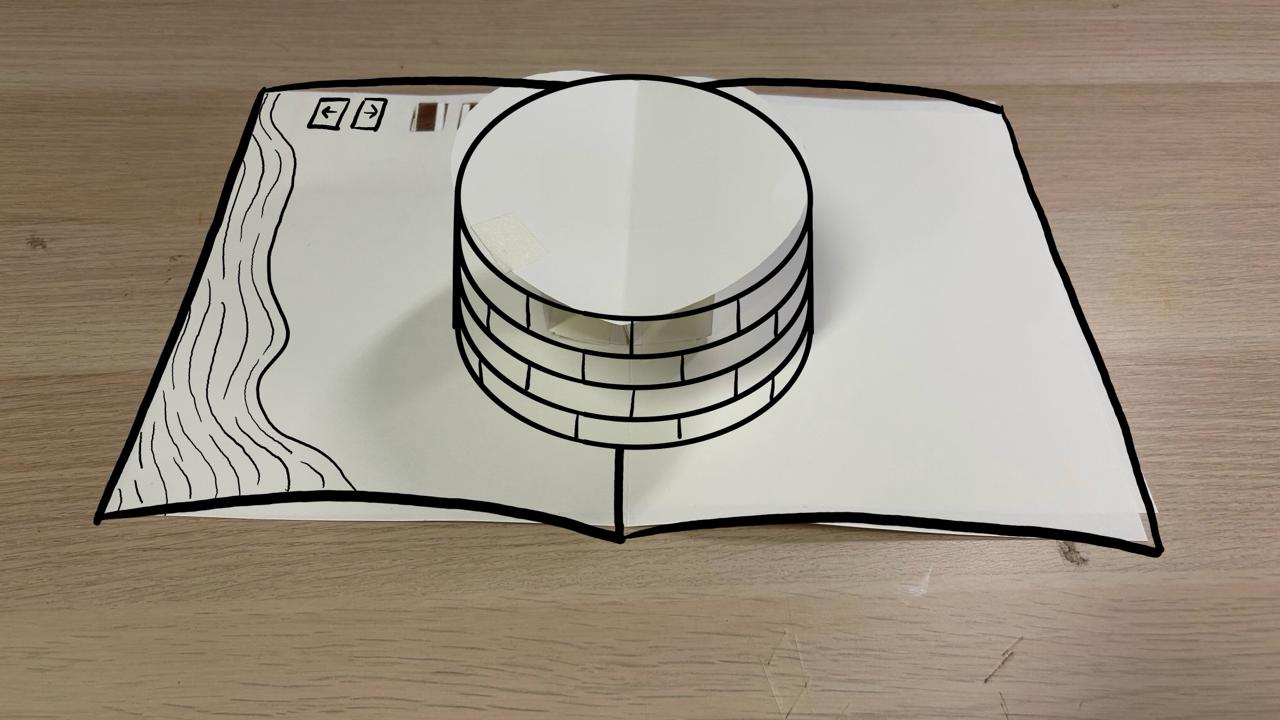
Experiment with LDR sensor
There is a part of the narrative that includes "the walls that were built during the day would fall apart at night". This got me the idea of using a light sensor. I didn't have the visuals for it yet, but Andreas helped me test its function.
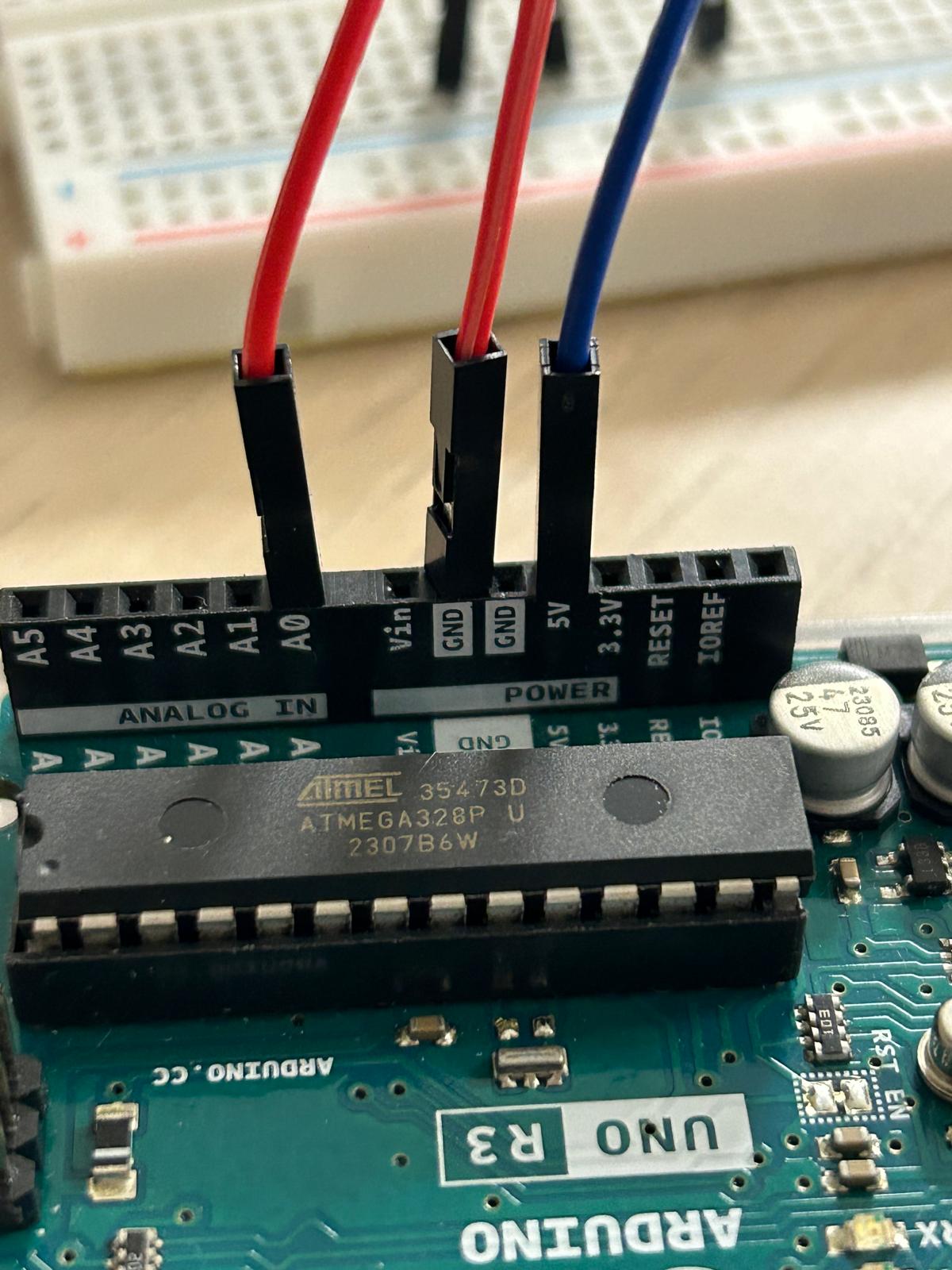
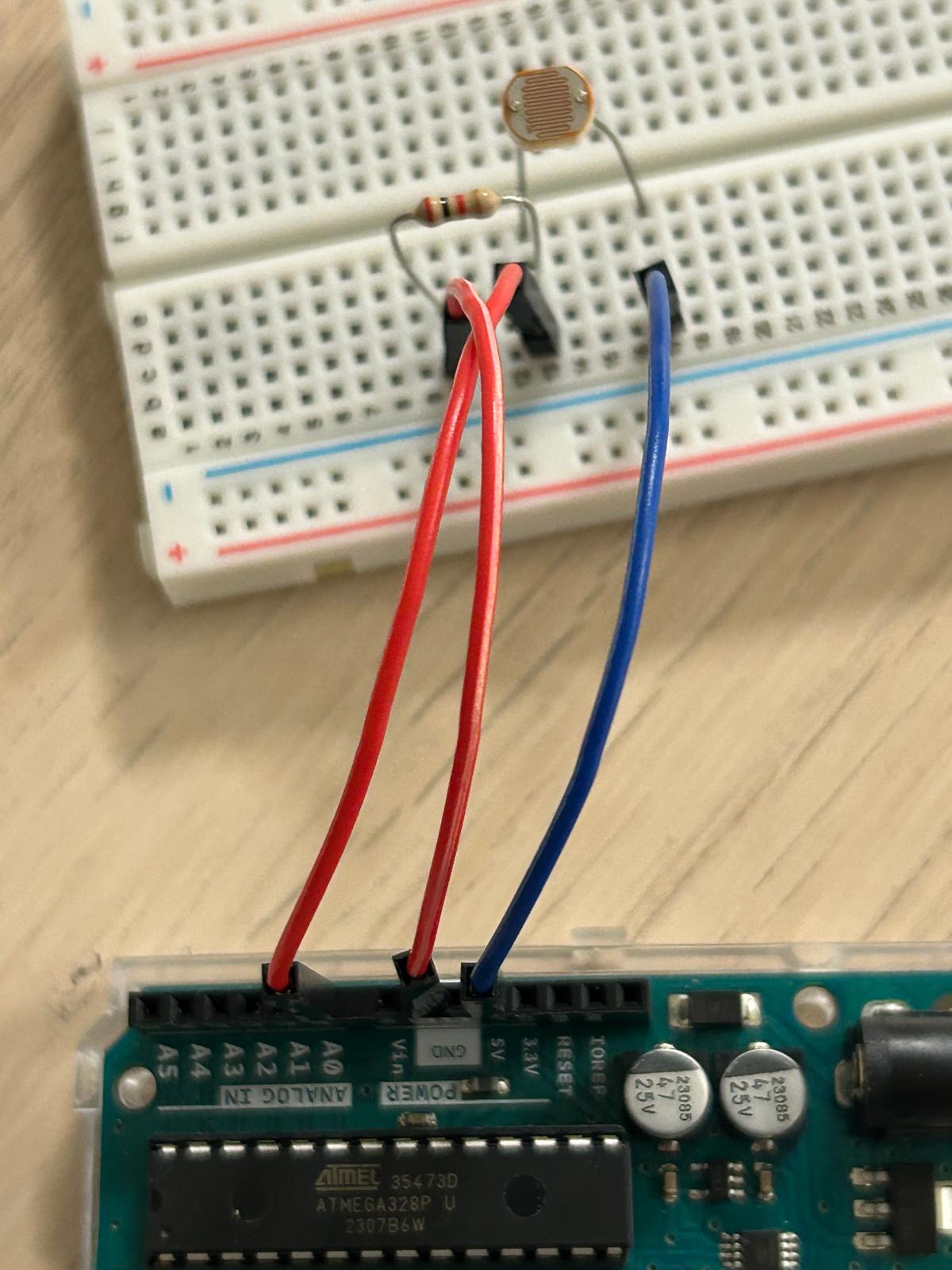
Open studios set-up planning with Andreas
While planning for the set-up I set a few goals to myself, as wee discussed all the things that need to be set up on my table.
I had planned to lino cut visuals however I was not cut any visuals so far, so Andreas mentioned its okay to get digtal sketch and printed prototypes first, then I can lino cut.
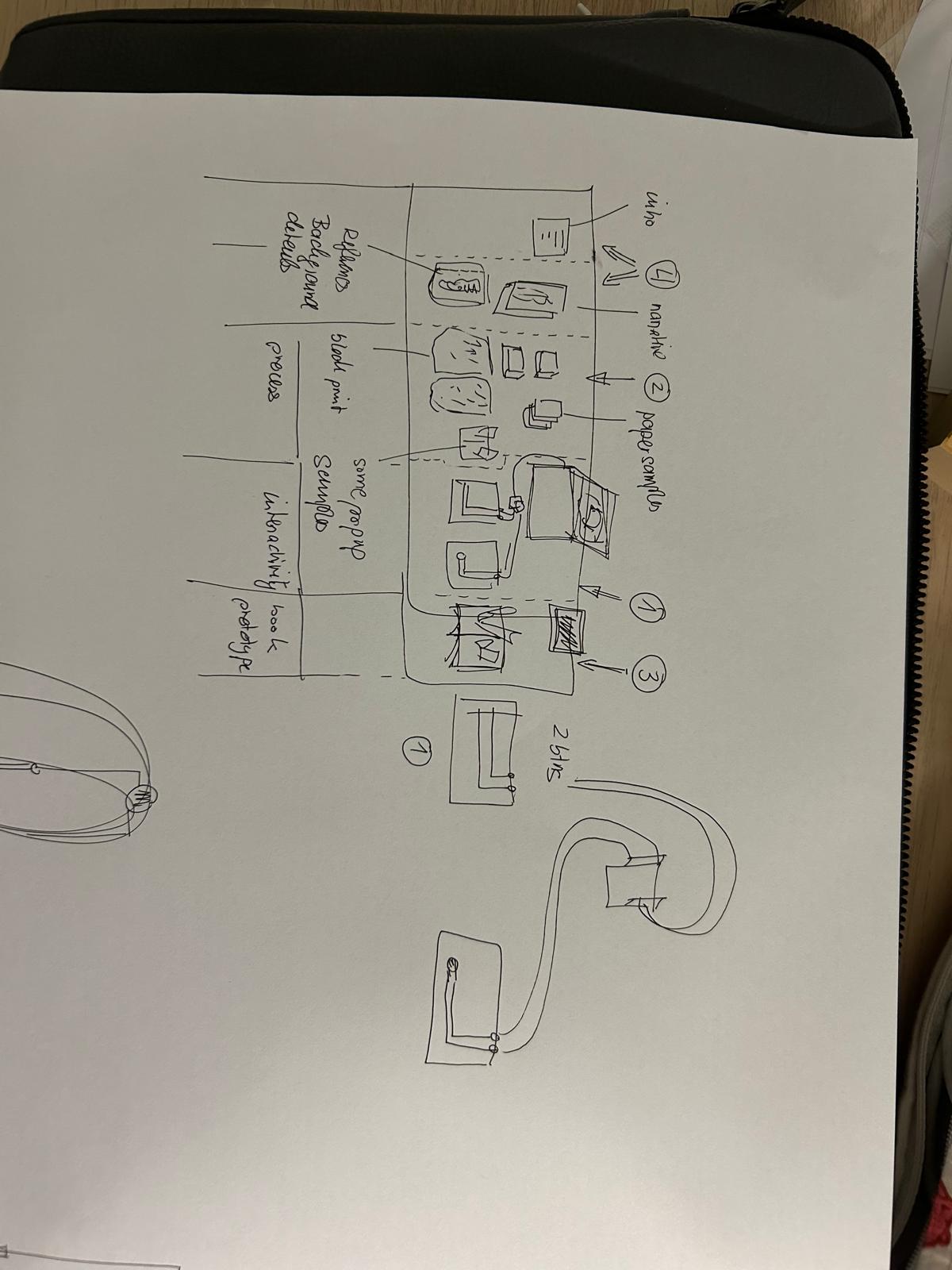
2D illustration and prototype-3
Andreas mentioned that these visuals are better however it woukd be good to have each of them pop-up. Additionally, the conductive thread cannot be spotted on the eye. "how will the user know where to touch". Instead of adding instructions, I can try to find a way to make it intuitive - "the best interaction design is the one that is intuitive"
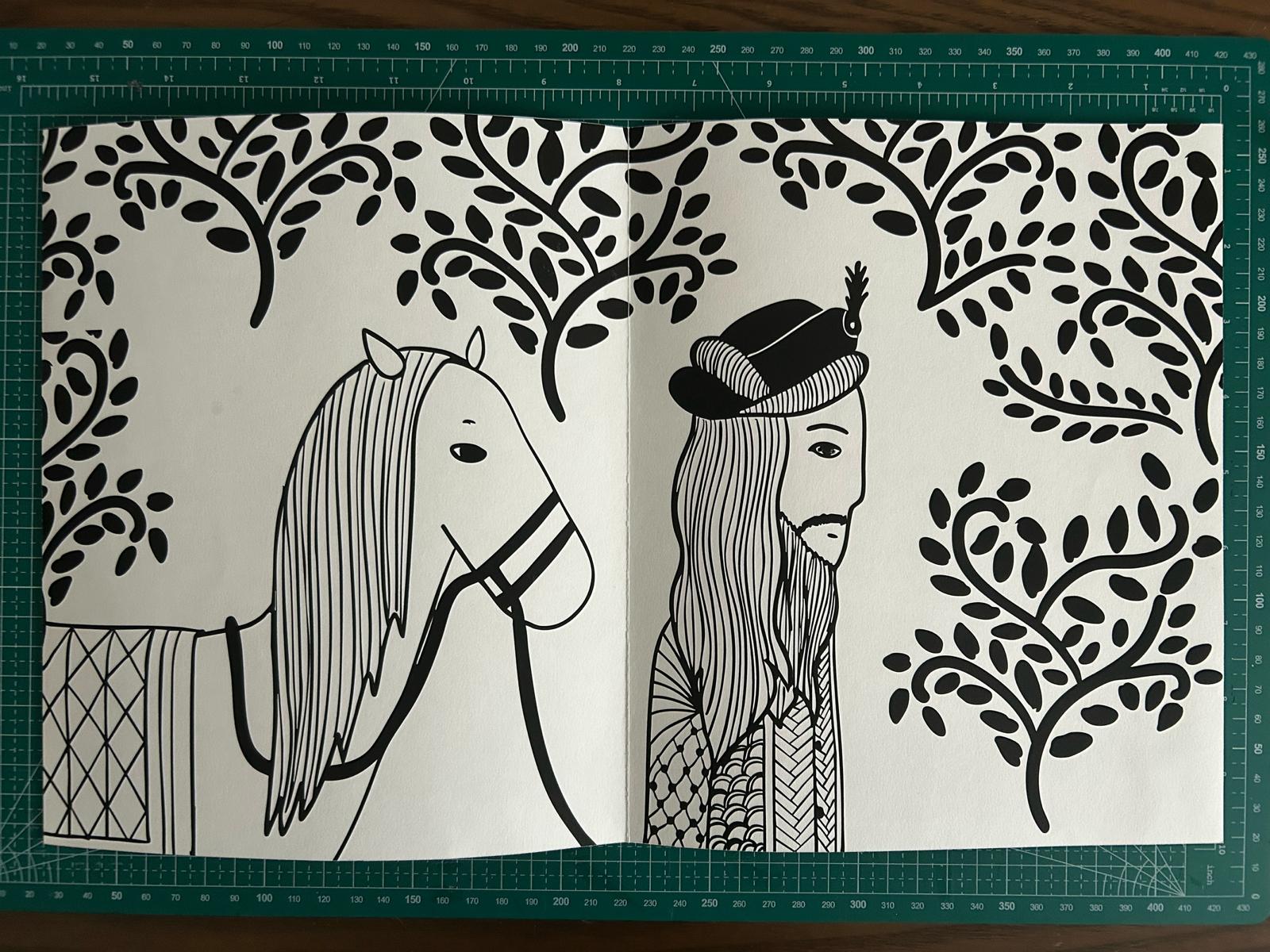
Preliminary testing
I asked around the class "if you open a pop-up book what is the first thing you would do?" There were just three people in class so I asked them. Eo Jun mentioned that maybe if there's colour I may be a bit intrigued to touch while Arena and Valencia similarly mentioned that if I see something in one page that in particular stands out, I would be intrigued to touch
Based on these, I did another test where I tested out four different eye designs and asked people "if you had to touch, which one of the designs would you be the most intrigued to touch". Most of the people went with the design that had a lot of colour in it.
